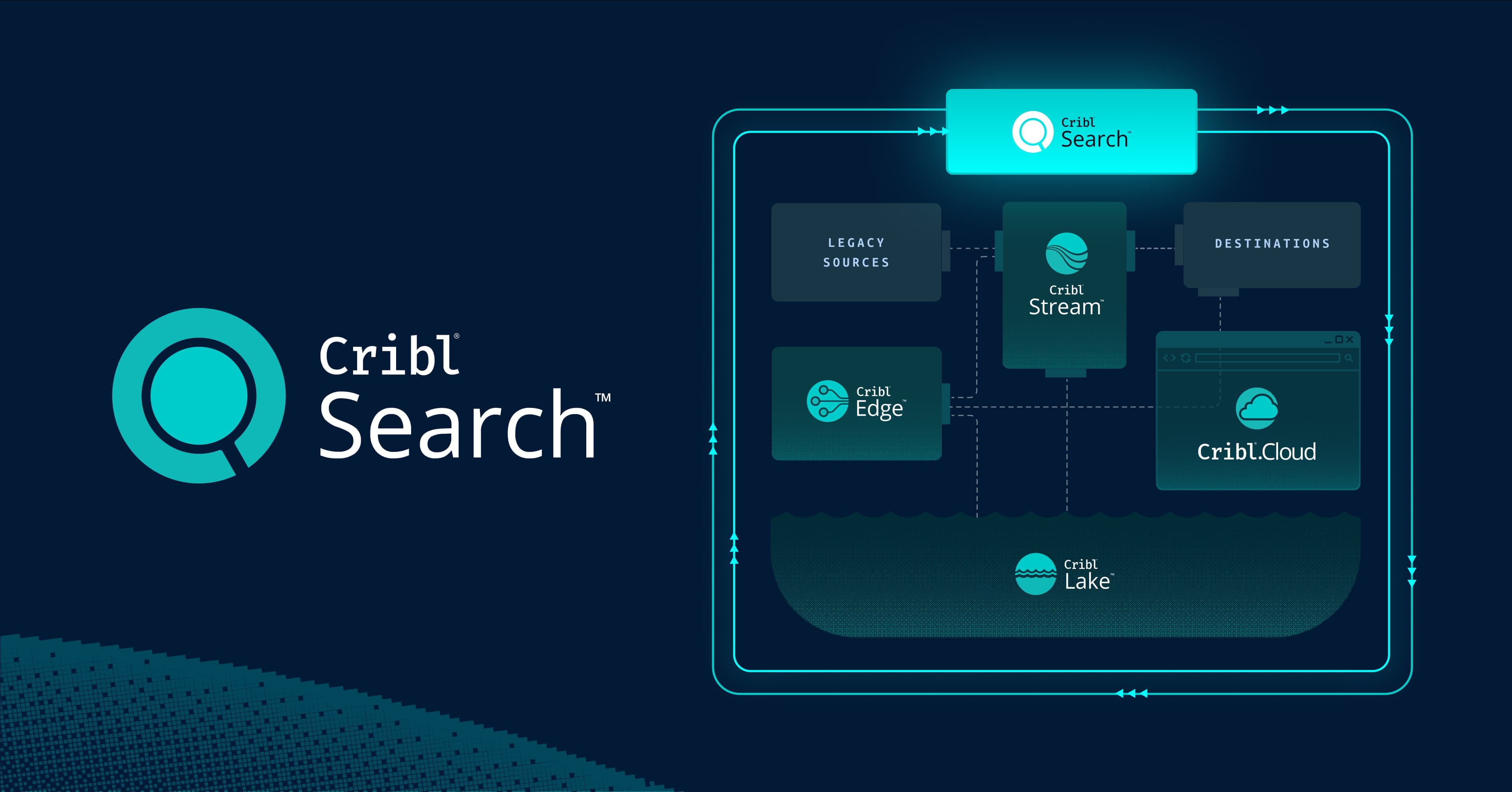What is Dynamic Data Self Storage (DDSS)?
Dynamic Data Self Storage (DDSS) is an approach to data storage and management solutions that prioritizes flexibility, scalability, and user control. DDSS uses advanced technologies to provide a responsive and adaptable storage environment that can automatically adjust to the varying needs of the data and its users.
In contrast to traditional storage methods like static, cloud, and network-attached storage, DDSS stands out for its real-time adaptability and user-centric control, offering a more dynamic solution in the data storage landscape.
Core Concepts
At the heart of DDSS are core concepts like Dynamic Allocation and Self-Service, which together create a storage environment that is both responsive and user-friendly, adapting seamlessly to changing data demands.
Dynamic Allocation
Refers to the system’s ability to automatically adjust storage resources in real-time based on the current demand and data load, ensuring optimal performance and efficiency.
Self-Service
A key feature of DDSS that allows users to manage and adjust their storage solutions directly, providing a higher degree of control and immediacy.
DDSS Attributes
DDSS is characterized by its scalability, automation, and user-centric control, making it a versatile and efficient solution for modern data storage challenges.
Scalability
The capacity of DDSS to expand or contract resources seamlessly to accommodate data growth or reduction without service interruption.
Automation
The use of software to manage and orchestrate storage resources, reducing the need for manual intervention and enabling a more agile response to changes.
User-Centric Control
Empowering end-users with the tools and permissions to manage their own data storage requirements within the DDSS framework.
Operational Benefits
DDSS offers significant operational advantages including cost-efficiency, enhanced data accessibility, and increased business agility, making it a valuable asset for modern enterprises.
Cost-Efficiency – DDSS models typically follow a pay-per-use structure, which means organizations only pay for the storage they use, reducing wasted capacity and aligning costs directly with needs.
Data Accessibility – Ensuring data is readily available to users and systems, DDSS supports various access levels and can adapt to peak usage times without user intervention.
Business Agility – By enabling quick adjustments to storage needs, DDSS supports the rapid scaling of business operations, making it easier to respond to market demands.
Implementation Considerations
Implementing DDSS requires careful consideration of its integration capabilities, security measures, and performance monitoring to ensure a seamless and secure data management experience.
Integration Capabilities
DDSS should integrate smoothly with existing IT infrastructure, allowing for unified management and operational consistency.
Security Measures
Dynamic systems must be fortified with robust security protocols to protect against data breaches and ensure data compliance with regulatory standards.
Performance Monitoring
Continuous monitoring tools are crucial to anticipate storage needs and maintain system performance without compromising speed or accessibility.
Dynamic Data Self Storage brings efficiency and user empowerment to data management. As enterprises look to gain control of their data for competitive advantage, DDSS offers a scalable, secure, and cost-effective storage solution that is as dynamic as the markets it serves.





